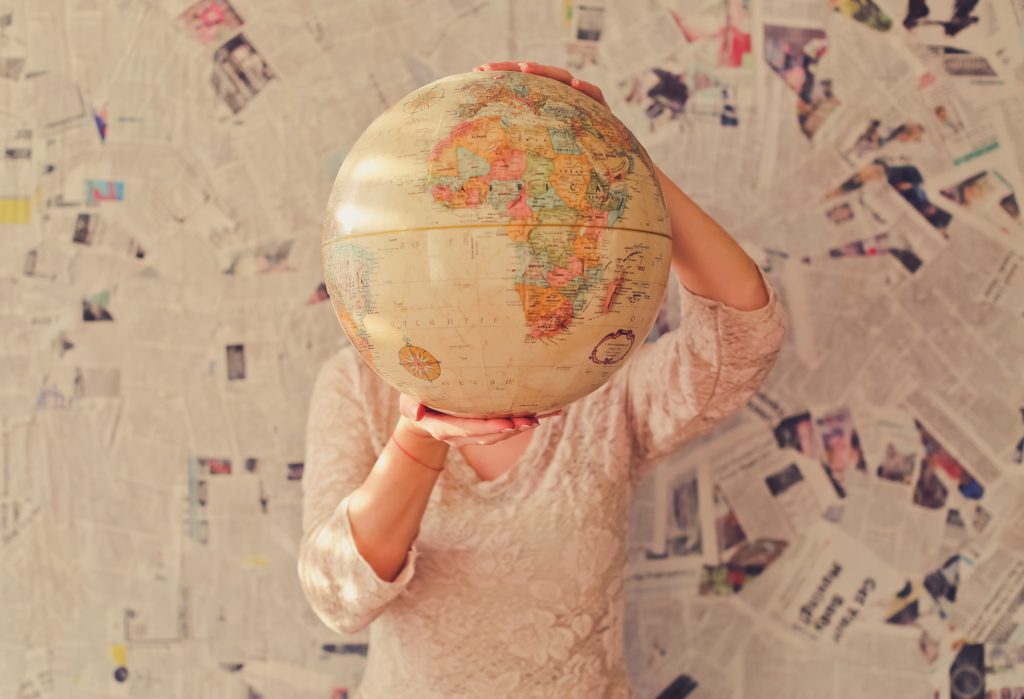Google Maps is now smart with the new Vision API
Artificial Intelligence applied to image recognition is opening up many more possibilities to monetising graphical information. Google has already started with Maps. Would you like to see what they are up to?

We all know that Google has been cruising around our streets taking images to feed its Street View service. This Google Maps function allows us to enjoy 360-degree panoramic views of an ever-increasing number of streets by simply moving the little yellow icon (known as Pegman).
It is very useful to perform a virtual visit to any location we want and to locate large or small businesses or specific points when we are unsure of the address but we do have a vague idea of the general area. Therefore, it is of great interest for sectors, such as tourism, real estate, or education, although it can be used in almost any field.
Thousands of kilometres of graphic information… for now
This is a project that started 10 years ago in only five U.S. cities. Pictures of the main Spanish cities were added in October 2008, and the project has covered thousands and thousands of kilometres since then. Street View now covers more than 85 countries.
In all this time, they have used several generations of cameras. The first offered lower resolution images than the current ones; therefore, they are revisiting the old routes with the new cameras, as we shall see later, and not only to improve the resolution of the images obtained.
When taking photographs (from cars, motorcycles, and even tricycles), they take into account the weather, the time, and the temperature. They also use a LIDAR (Laser Imaging Detection and Ranging) system to measure distances in order to recognise the surrounding areas.
However, for some time now, they have been intensifying the analysis of the thousands of millions of photographs obtained by applying artificial intelligence techniques for image recognition.
Combining Artificial Intelligence and Big Data
What is the purpose of applying AI? Well, to identify business names on signs (distinguishing them from the possible logos of brands they represent) and even on small plaques on the entrances to buildings, to register business hours (usually visible at the entrance) … and, of course, to check street signs, and the numbers of the buildings. Any practical information that increases the value of the information recorded. We should not be surprised if, in the near future, it became possible to identify what a given business did by analysing the logos of the brands on the façade or even thanks to the items displayed in the window.
To date, we have been accessing Google Maps or Street View to search for specific addresses. But… How would you like to ask for a Japanese restaurant that was open right now and could deliver the food to your home? Or what was the name of that shop with a green façade that fixes clothes? The idea is to be able to ask our virtual personal assistant questions in a more conversational and human way, and for it to have enough information to be able to respond accurately.
A world of exciting possibilities is opening up. Google’s new Vision APIs can classify images into thousands of categories quickly, detect objects and individual faces within images, and also search and read words printed on them. You can try it by simply dragging a photograph onto the page we have indicated below.
If you are interested in what Google’s image analysis API can contribute to your business, please contact us. Would you like to try?


